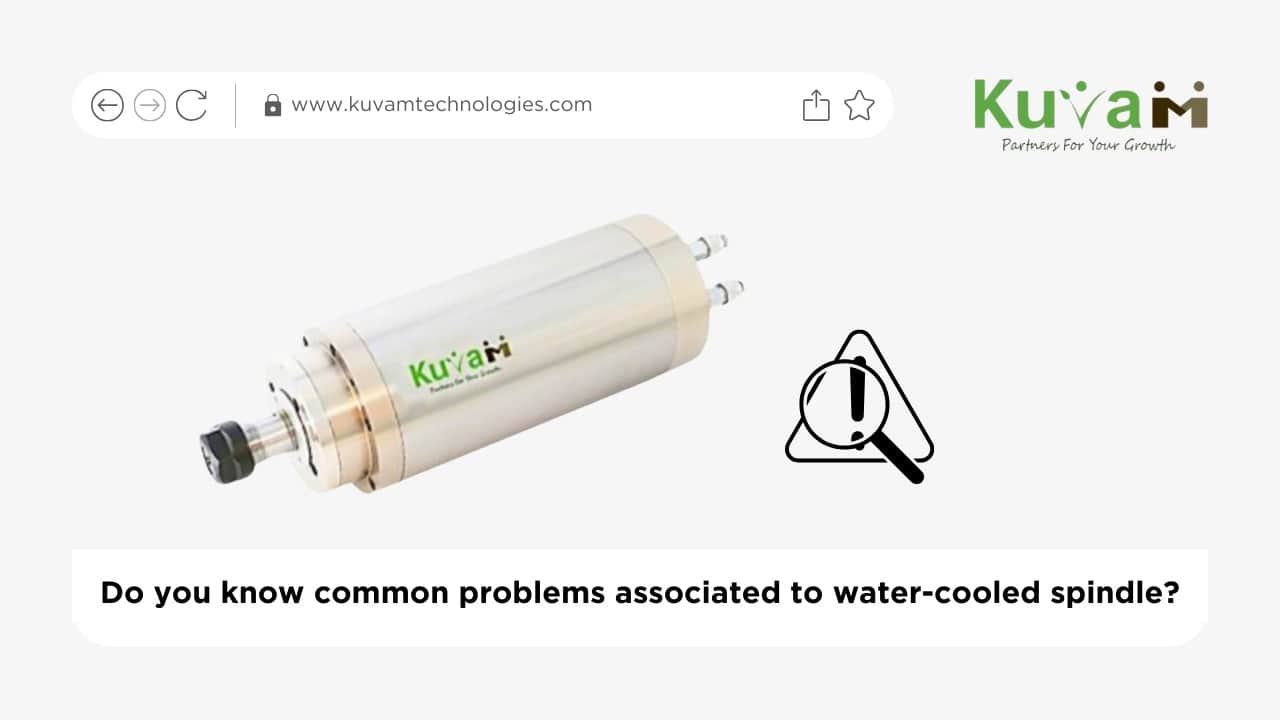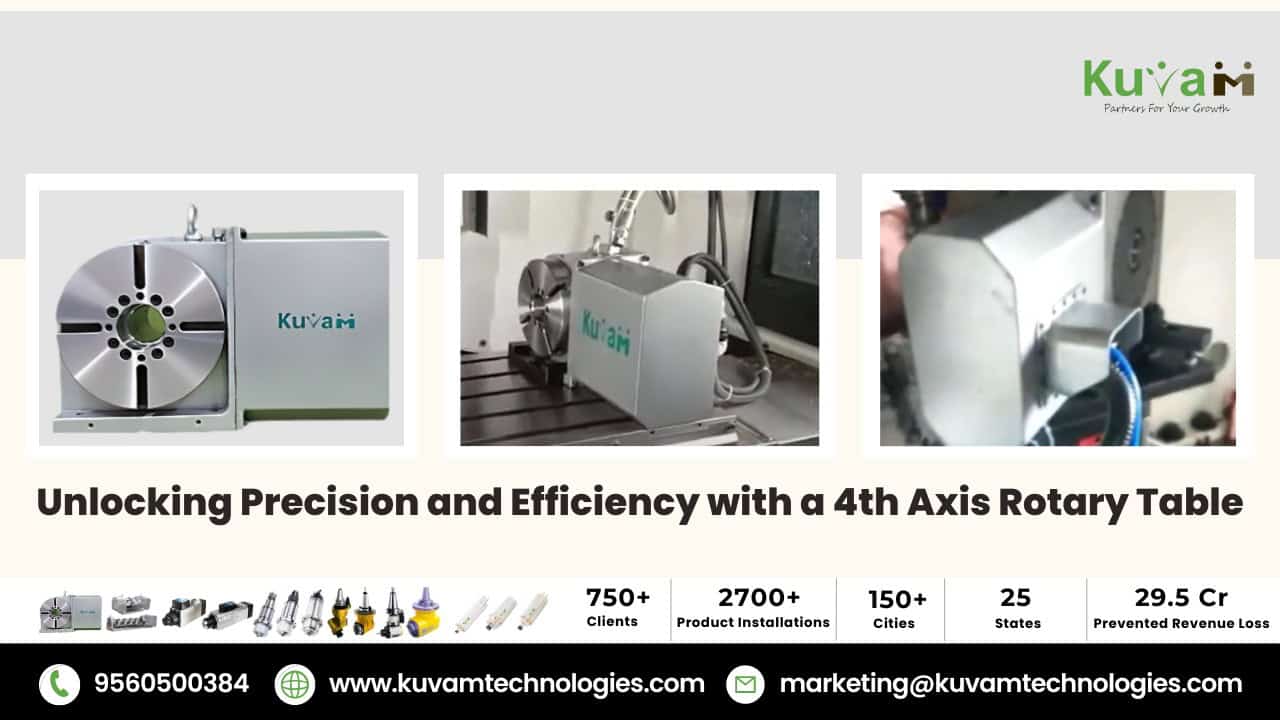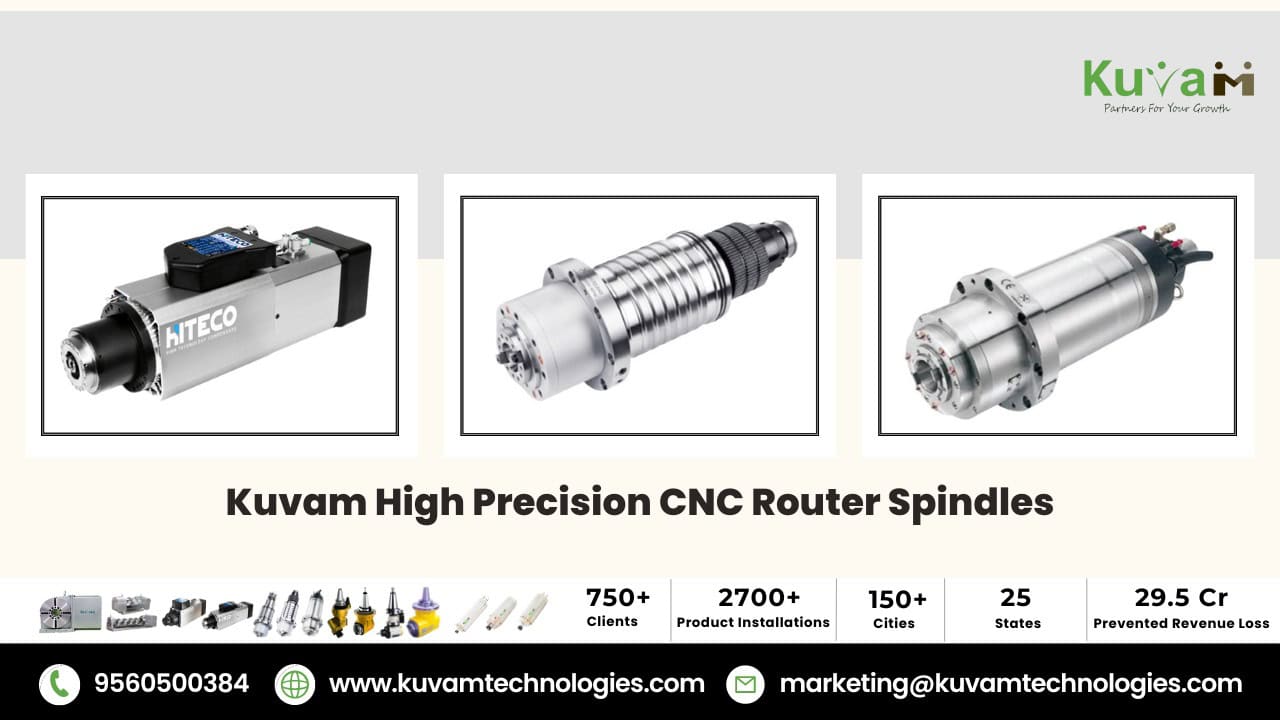-
Coolant Leakage
Have you experienced coolant leakage from the water-cooled spindle?
Solution: Check and tighten hose connections, inspect hoses for damage, and replace seals if necessary. Regularly monitor coolant levels.
-
Overheating
Do you notice the water-cooled spindle overheating during operation?
Solution: Verify the efficiency of the cooling system, clean coolant passages, and ensure proper coolant flow. Adjust cutting parameters to reduce heat generation.
-
Corrosion and Scaling
Have you observed corrosion or scaling in the water-cooling system?
Solution: Use corrosion inhibitors in the coolant, regularly flush the system, and consider using filtered or distilled water to minimize scaling.
-
Pump Issues
Are you facing problems with the water pump for cooling?
Solution: Check pump functionality, clean or replace the pump if needed, and ensure proper circulation of coolant through the spindle.
-
Blockages in Coolant Lines
Do you encounter blockages in the coolant lines of the water-cooled spindle?
Solution: Regularly flush and clean coolant lines, inspect for debris, and use appropriate filters to prevent blockages.
-
Electrical Component Protection
Have you faced issues protecting electrical components from water damage?
Solution: Ensure proper sealing of electrical components, use waterproof casings when necessary, and follow manufacturer guidelines for electrical component protection.
-
Inconsistent Cooling
Do you experience inconsistent cooling performance from the water-cooled spindle?
Solution: Check for air pockets in the cooling system, bleed the system if necessary, and maintain a stable water flow for consistent cooling.
Q: Do you know how these issues can be addressed or prevented in water-cooled spindles?
- Regularly inspect and tighten hose connections to prevent coolant leakage.
- Ensure proper maintenance of the cooling system, including cleaning coolant passages and replacing coolant filters.
- Use corrosion inhibitors and periodically flush the system to prevent corrosion and scaling.
- Monitor and maintain the functionality of the water pump.
- Regularly flush and clean coolant lines to prevent blockages.
- Protect electrical components from water damage with appropriate casings and seals.
- Bleed the cooling system to remove air pockets and ensure consistent cooling.
- Follow manufacturer guidelines for the type of coolant to use and other maintenance practices.Always follow the guidelines and recommendations for maintenance and troubleshooting. If you’re unsure or unable to resolve the issue, it’s advisable to seek assistance from a qualified technician or the provider support team.




